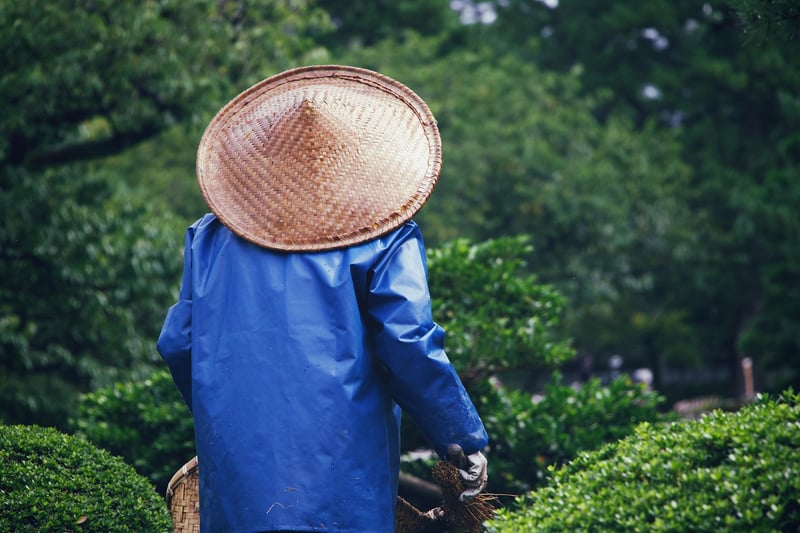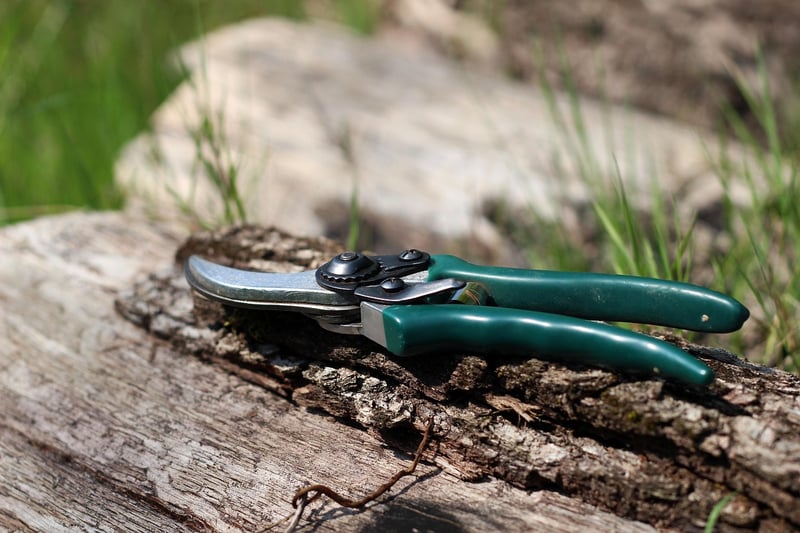Pruning Techniques
Guide to Nurturing Plants and Pruning Techniques
Nurturing Plants:
Whether you are a seasoned gardener or just starting, proper plant care is essential for healthy growth. Here are some tips to help you nurture your plants:
1. Choose the Right Plants:
Ensure you select plants that are suitable for your climate and the available sunlight in your garden.
2. Watering:
Water your plants regularly, but be mindful not to overwater. The frequency and amount of water depend on the plant species and the weather conditions.
3. Fertilization:
Use appropriate fertilizers to provide essential nutrients to your plants. Follow the instructions on the fertilizer package for the correct application.
4. Pruning:
Regular pruning is vital to promote healthy growth and maintain the shape of your plants. Learn the proper techniques to prune different types of plants.
Pruning Techniques:
Pruning is an essential gardening task that involves removing specific parts of a plant to encourage new growth and improve overall health. Here are some pruning techniques to master:
1. Deadheading:
Remove spent flowers to encourage the plant to produce more blooms. This technique is common for flowering plants like roses and petunias.
2. Thinning:
Thinning involves removing excess branches or stems to improve air circulation and promote better growth. This technique is beneficial for fruit trees and shrubs.
3. Heading Back:
Heading back is cutting back the tips of branches to encourage bushier growth and maintain the plant's shape. It is often used for hedges and shrubs.
4. Rejuvenation Pruning:
Rejuvenation pruning involves cutting back the entire plant to stimulate new growth. This technique is useful for overgrown or neglected plants.

By following these nurturing tips and mastering pruning techniques, you can ensure your plants thrive and flourish in your garden.
Remember, each plant species may have specific care requirements, so always research and learn about the individual needs of your plants for optimal growth.
